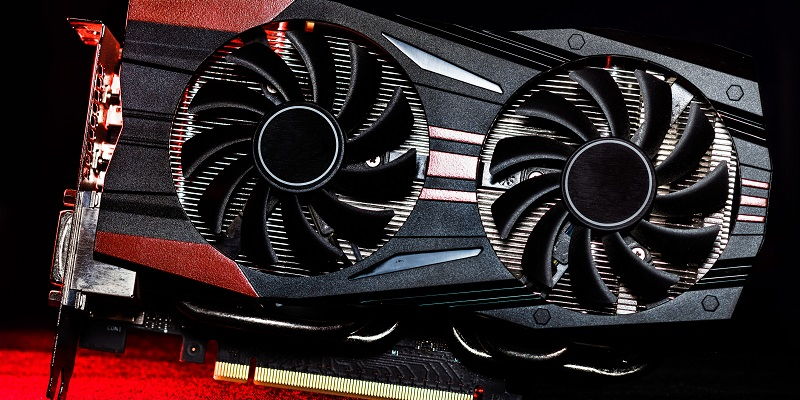NVIDIA is known for producing quality graphics cards that cater to both gaming and workstation needs. This time, the company is rumored to release the RTX 5000 Ada, which is expected to be the third graphics card in the RTX series. In this article, we will delve into the rumored features, specifications, and price range of the NVIDIA RTX 5000 Ada graphics card.
Rumored features of NVIDIA RTX 5000 Ada graphics card
The use of AD102 GPU die
The NVIDIA RTX 5000 Ada graphics card is rumored to feature the AD102 GPU die due to its core count of 15,360, which is only accommodated by the flagship die used in high-end graphics cards.
The core count is 15,360
The core count of the AD102 GPU die used in the NVIDIA RTX 5000 Ada is an impressive 15,360. This is a significant upgrade from the RTX 4000 Ada SFF graphics card, which has a core count of 6,144.
Flagship dies are the only option for this many cores
Due to the high core count of the NVIDIA RTX 5000 Ada graphics card, the only viable option for the chip is the flagship die. This die ensures that the graphics card can perform at optimal levels without overheating or crashing.
Description of the specifications of the rumored RTX 5000 Ada card
The NVIDIA RTX 5000 Ada will feature a significantly reduced die. This reduction is necessary to accommodate the high core count of the AD102 GPU die, while also allowing the graphics card to fit into various desktop and workstation builds.
32 GB of GDDR6 memory running across a 256-bit bus interface
The rumored NVIDIA RTX 5000 Ada will feature 32 GB of standard GDDR6 memory running across a 256-bit bus interface. This memory specification will ensure that the graphics card can handle the most demanding workloads without experiencing any lag or stuttering.
Up to 640 GB/s of bandwidth is expected
The DRAM specification of the NVIDIA RTX 5000 Ada graphics card is similar to the RTX 6000 Ada card. This similarity means that up to 640 GB/s of bandwidth can be expected from the graphics card. This high bandwidth is necessary for rendering graphics and processing data-intensive workloads.
The third graphics card in the RTX series
The NVIDIA RTX 5000 Ada will mark the third graphics card from this series, joining the RTX 6000 Ada and RTX 4000 Ada SFF GPU. These cards cater to different graphics-intensive niches, and the NVIDIA RTX 5000 Ada graphics card will fall somewhere between these two cards.
What is the price range speculation for the RTX 5000 Ada?
A close estimate would be $3000 to $4000 US to compete with AMD’s Radeon Pro W7000 series cards.
It is likely that the NVIDIA RTX 5000 Ada graphics card will be priced close to $3000-$4000 US to compete with AMD’s Radeon Pro W7000 series cards. These cards cater to a similar niche, and the pricing reflects the high-end features of these cards.
Better performance in workstation and rendering workloads
It is expected that the NVIDIA RTX 5000 Ada graphics card will provide better performance in both workstation and rendering workloads. This is due to the high core count, DRAM specs, and other specifications of the graphics card.
In conclusion, the NVIDIA RTX 5000 Ada graphics card is a highly anticipated graphics card that is expected to cater to the needs of both gamers and professionals. The high core count, DRAM specs, and other specifications make this graphics card suitable for rendering and graphic-intensive workloads. The speculated price range of the card is reflective of its high-end features and specifications.

